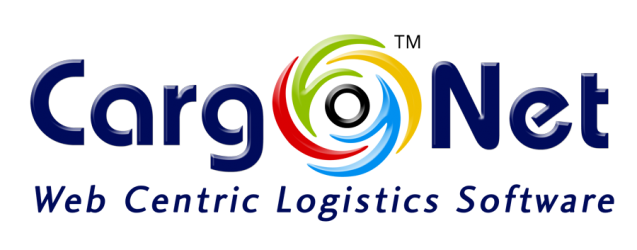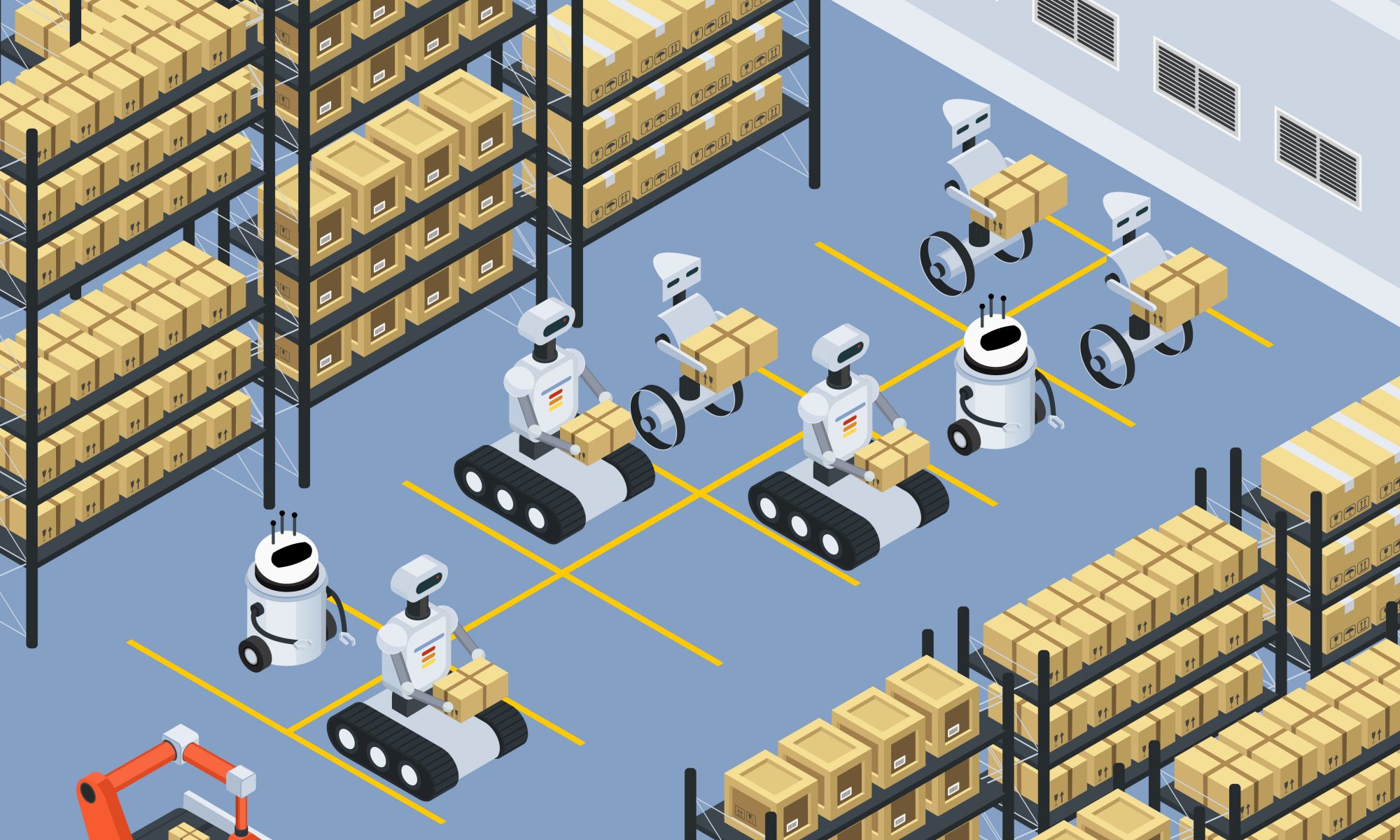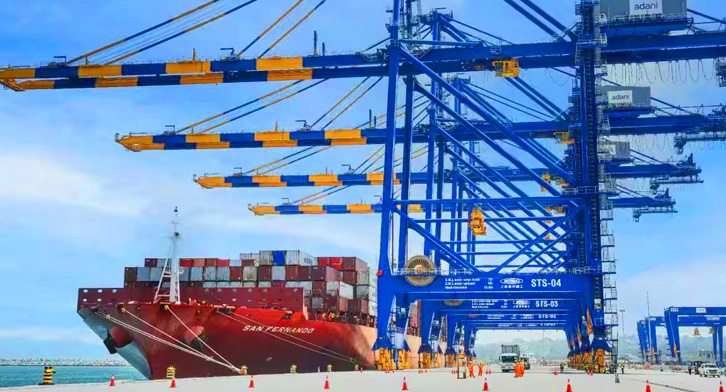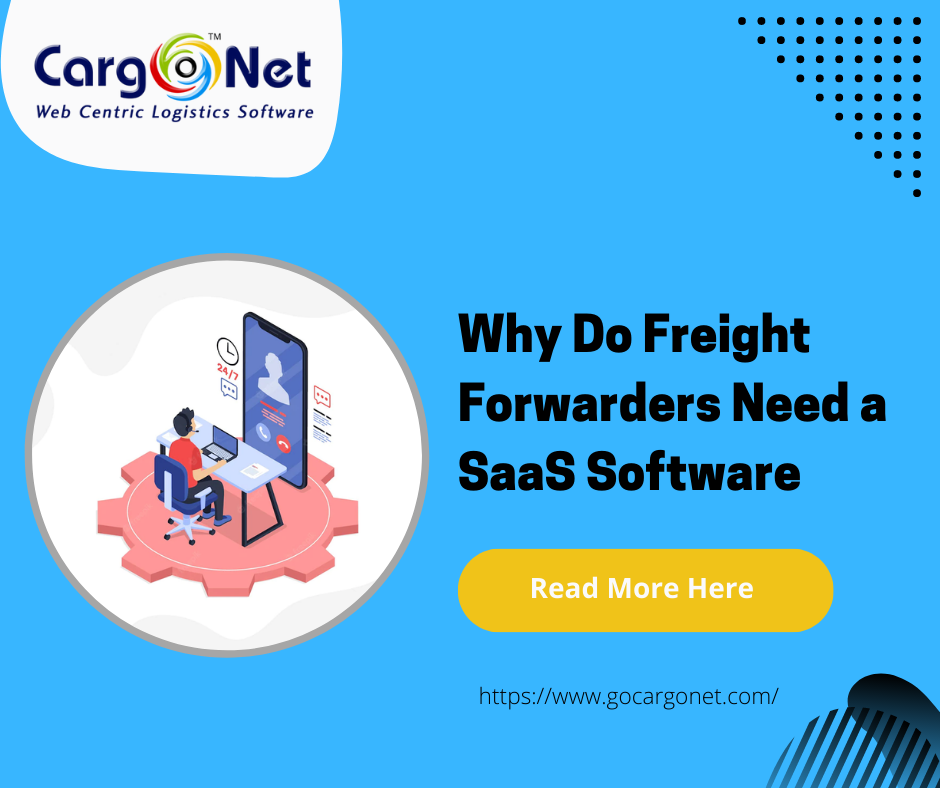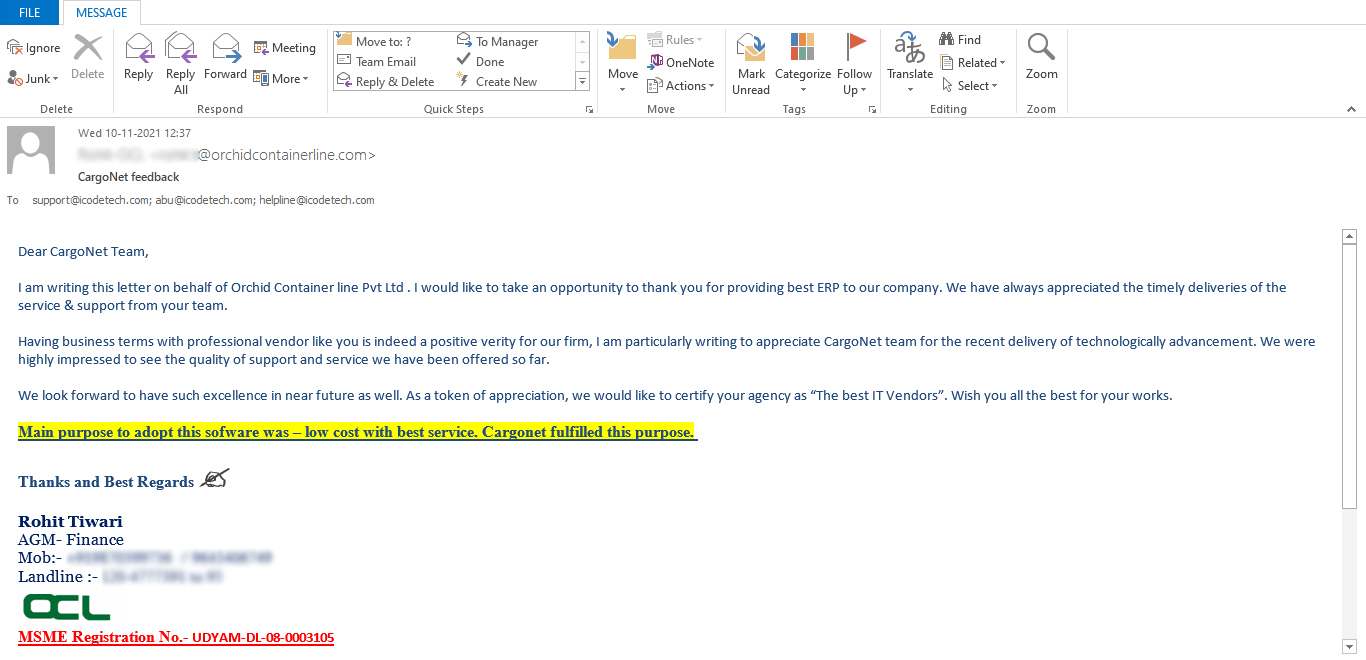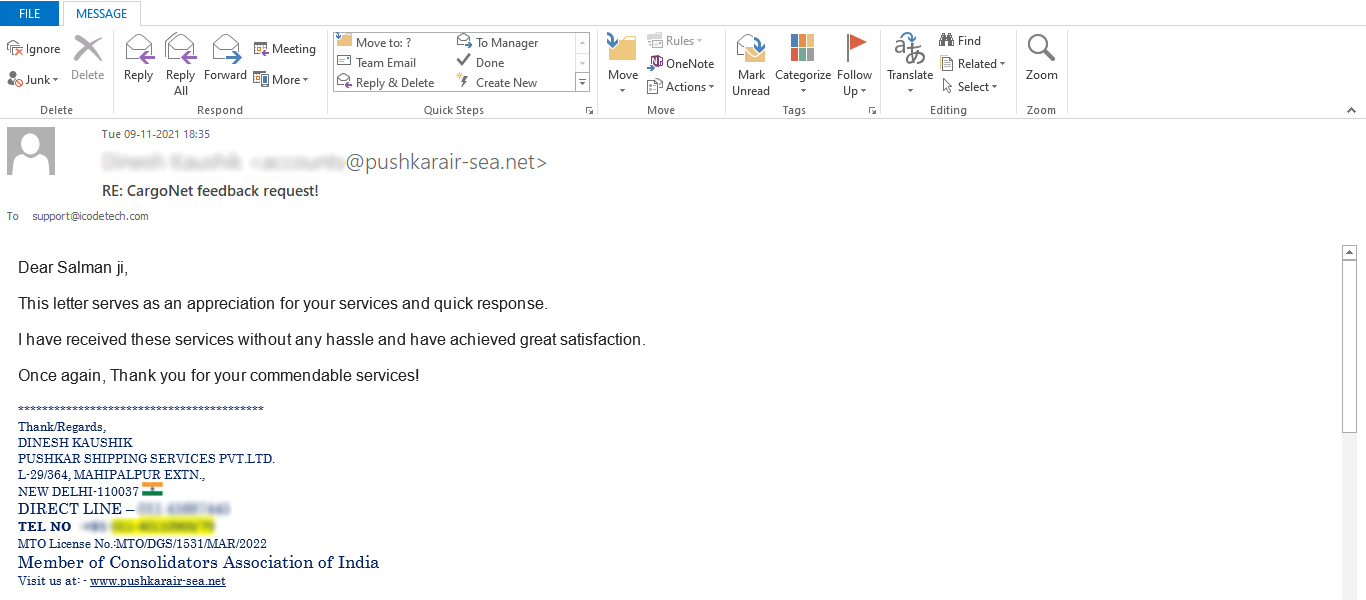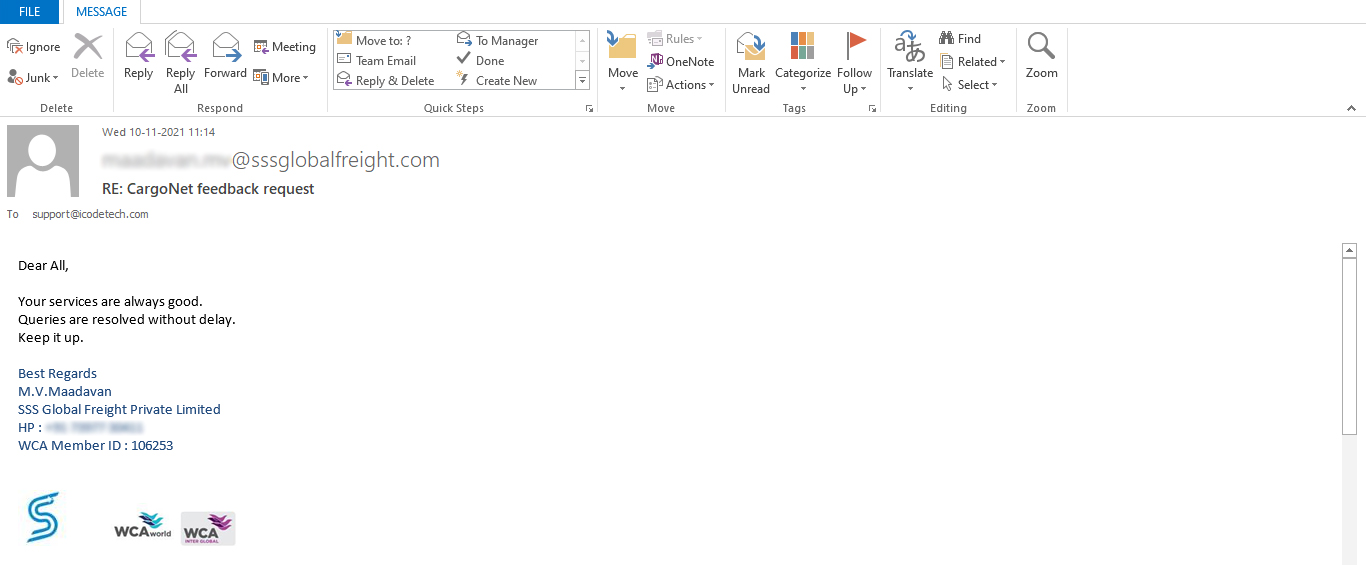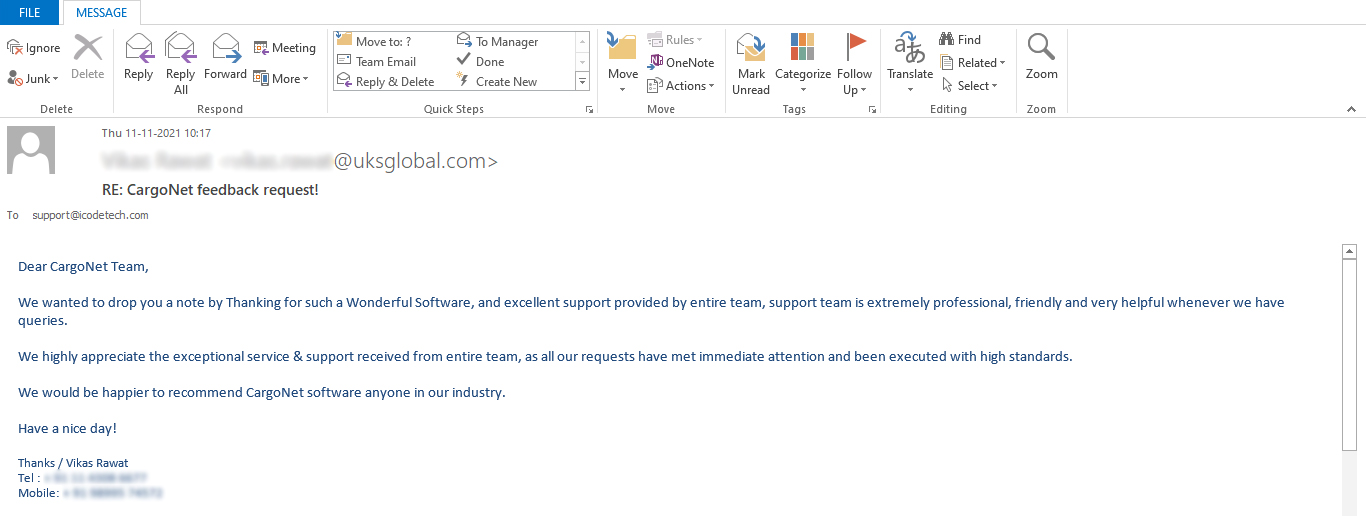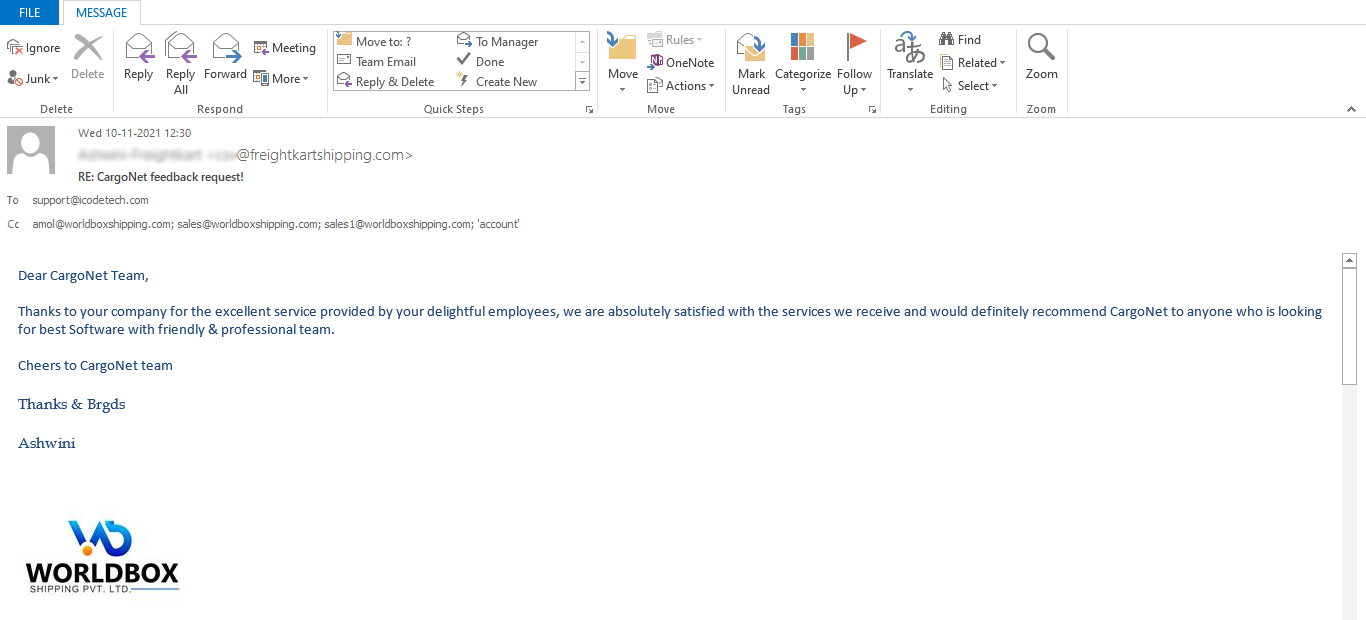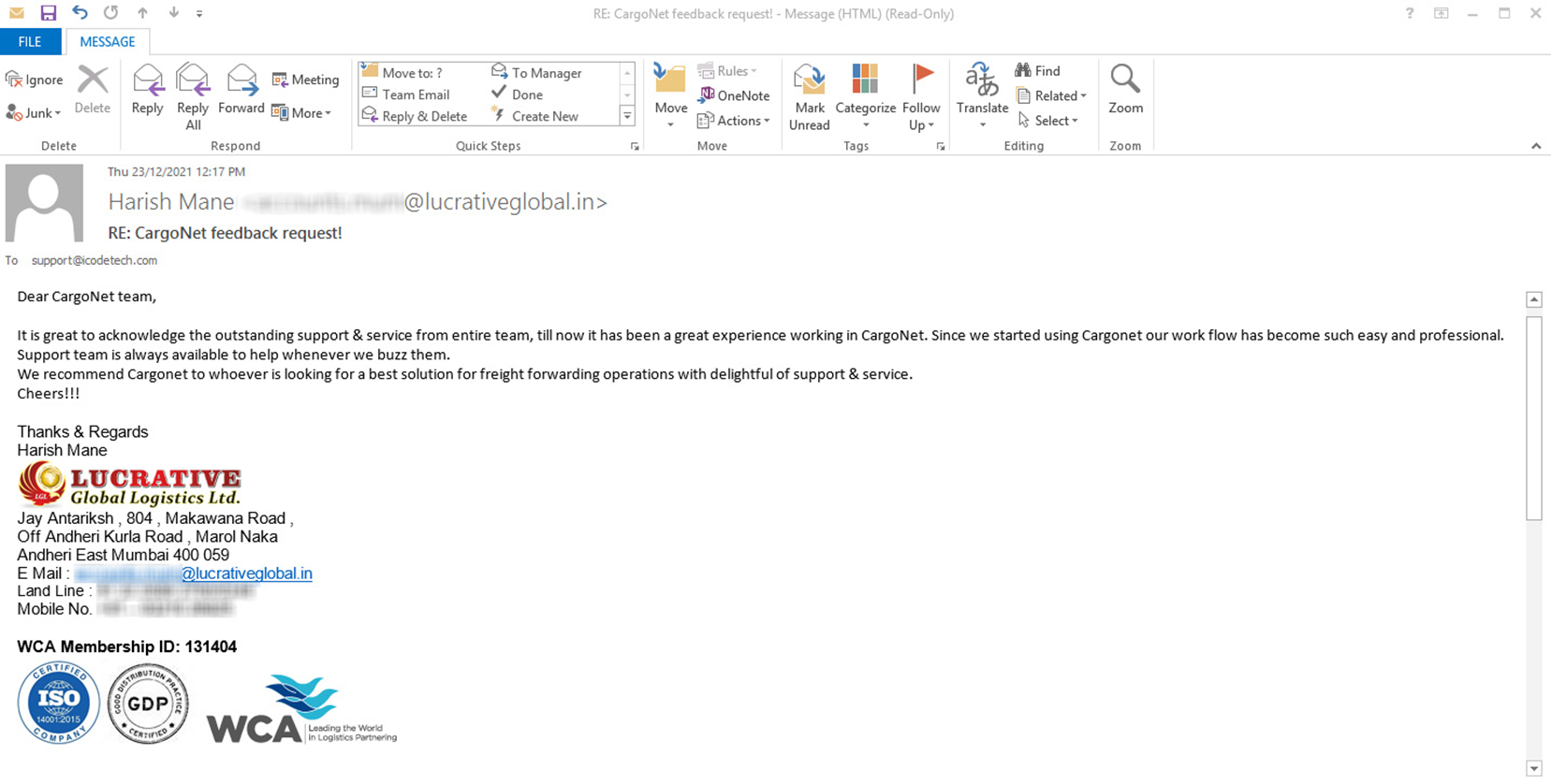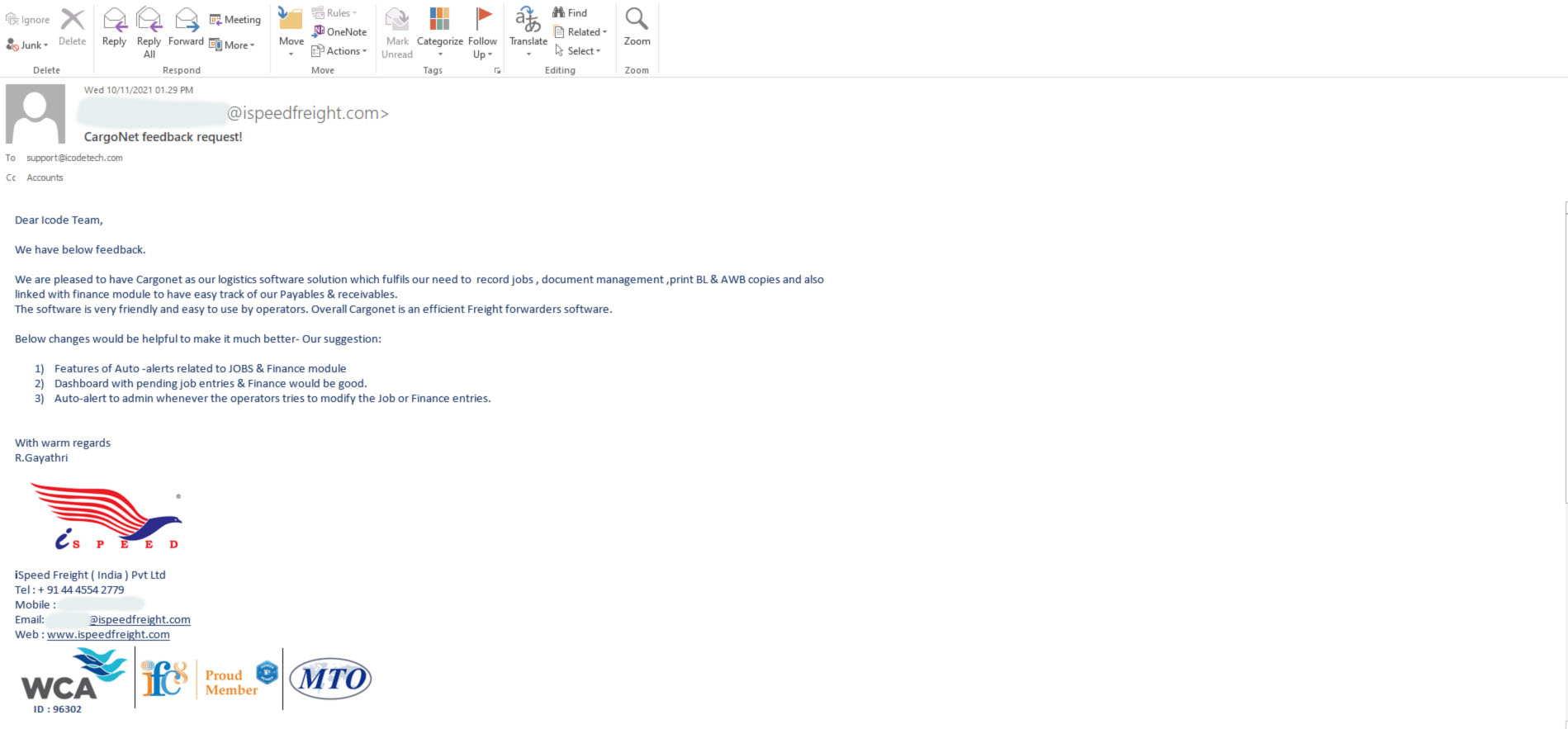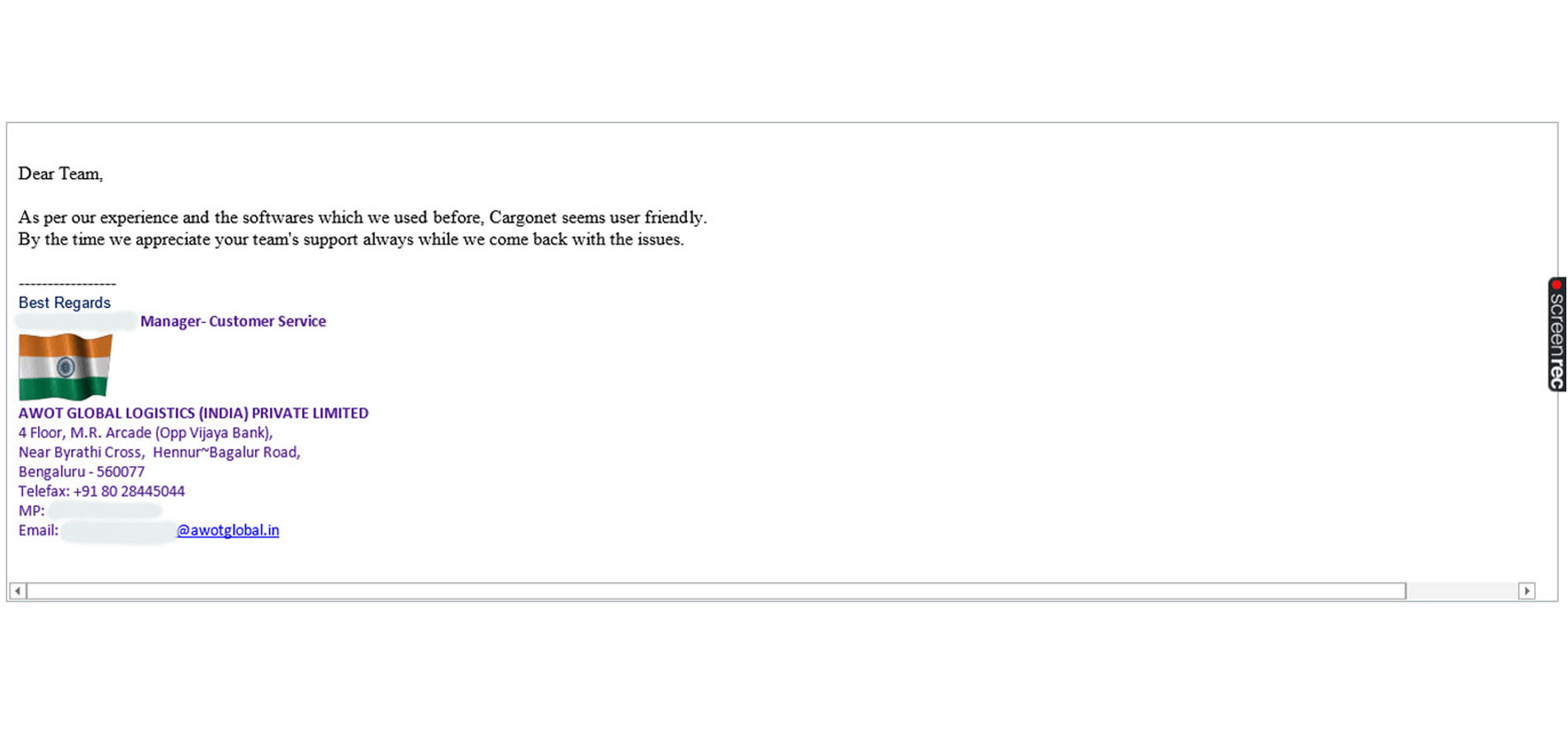All you need to know
Blog
Streamlining Operations: The Impact of Automation on Warehouse Management
Warehouses are a crucial part of supply chain management, as they store and distribute products that are essential for businesses and consumers. However, managing a warehouse can be a complex and time-consuming task, especially when it comes to manual processes such as inventory management, order fulfillment, and transportation. This is where automation comes in.
Automation in warehouse management refers to the use of technology to automate certain tasks and processes, such as picking and packing, inventory management, and transportation. Automation can improve efficiency, accuracy, and speed in the warehouse, which can ultimately lead to cost savings, increased productivity, and improved customer service.
One of the most significant benefits of automation in warehouse management is the increase in efficiency. Automated systems can process orders and inventory much faster than human workers, which can help to reduce lead times and improve delivery times. This can be especially beneficial for businesses that operate in highly competitive industries, as faster delivery times can give them a competitive edge.
Automation can also help to improve accuracy in the warehouse. Human error is a common cause of inaccuracies in inventory management and order fulfillment. Automated systems, on the other hand, can reduce the risk of errors and increase the accuracy of data. This can help to prevent stockouts and overstocking, which can lead to cost savings and improved customer satisfaction.
Another benefit of automation in warehouse management is the ability to handle a high volume of orders and inventory. Manual processes can become overwhelming when dealing with large quantities of products, but automated systems can handle a high volume of tasks with ease. This can be especially beneficial for businesses that experience seasonal spikes in demand, as automated systems can help to ensure that orders are fulfilled quickly and efficiently.
There are many different types of automation technologies that can be used in warehouse management, including:
- Robotics: Robotics can be used for tasks such as picking and packing, transportation, and inventory management. Robotics can automate repetitive and physically demanding tasks, which can help to reduce the risk of workplace injuries and accidents.
2) Barcode scanning and RFID technology: These technologies can be used for inventory management and order fulfillment. Barcode scanning and RFID technology can help to improve the accuracy of data and reduce the risk of errors.
3) Warehouse management software: Warehouse management software can be used to automate many different tasks and processes, such as inventory management, order fulfillment, and transportation. This software can help to improve efficiency and accuracy in the warehouse.
4)Automated storage and retrieval systems: These systems can be used for inventory management and order fulfillment. Automated storage and retrieval systems can help to improve efficiency and accuracy in the warehouse.
Implementing automation in warehouse management can be a significant investment for businesses, but the benefits can be well worth it. Automation can help to improve efficiency, accuracy, and speed in the warehouse, which can ultimately lead to cost savings, increased productivity, and improved customer service. It can also improve the overall safety of the warehouse, by reducing the need for human workers to perform certain tasks.
In conclusion, Automation has the potential to revolutionize warehouse management, by improving efficiency, accuracy, and speed, while reducing the risk of errors and workplace injuries. With the right technology and implementation, businesses can improve their overall performance, and better serve their customers. As technology continues to evolve, we can expect to see even more advanced automation

